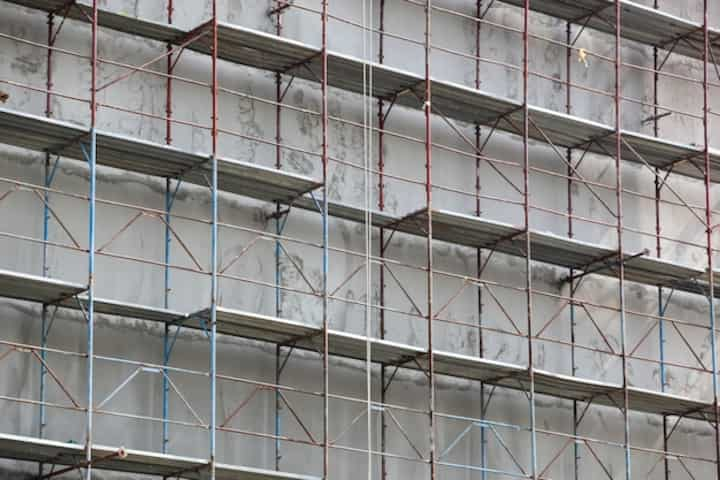
Comprehensive Methods for Foundation Damage Repair
Foundation damage is a critical issue that can lead to severe structural problems if not addressed promptly. The foundation is a crucial component of any building, and its integrity ensures the safety and stability of the structure. Various factors, including soil conditions, poor construction practices, and natural disasters, can contribute to foundation damage. Understanding comprehensive methods for foundation damage repair is essential for maintaining the longevity and safety of a property.
Identifying Foundation Damage
Before implementing any repair methods, it is essential to identify the signs of foundation damage. Early detection can prevent further deterioration and reduce repair costs.
- Cracks in walls, floors, or ceilings
- Doors and windows that stick or do not close properly
- Uneven or sloping floors
- Water intrusion in the basement or crawl space
- Gaps around window frames or exterior doors
For a detailed checklist on foundation damage symptoms, read more about this topic.
Methods for Foundation Repair
1. Patching and Sealing
Minor cracks can often be addressed with patching and sealing techniques. This method involves filling the cracks with epoxy or polyurethane to prevent moisture intrusion and further deterioration.
While effective for small issues, this approach may not be suitable for severe damage. Learn more in this detailed guide about when patching is appropriate.
2. Piering and Underpinning
Piering and underpinning are techniques used to stabilize and strengthen foundations that have settled unevenly. This method involves driving steel piers deep into the ground to support the foundation.
- Steel Piers: Durable and can support heavy loads.
- Helical Piers: Ideal for lighter structures and quick installation.
These methods are highly effective for addressing foundation settlement issues. Explore further insights here on piering and underpinning techniques.
3. Slabjacking
Slabjacking, also known as mudjacking, involves pumping a cement slurry beneath a sunken slab to raise it back to its original level. This method is cost-effective and minimizes disruption.
It is particularly useful for correcting issues in driveways, sidewalks, and garage floors. Find additional information here on slabjacking benefits and considerations.
4. Soil Stabilization
Soil stabilization is a preventive method that involves treating the soil around the foundation to improve its load-bearing capacity and reduce expansion and contraction.
- Chemical stabilization using lime or cement
- Mechanical stabilization through compaction
This technique can help prevent future foundation issues by addressing the root cause. For more on soil stabilization, learn more in this detailed guide.
Preventive Measures
Preventive measures can reduce the risk of foundation damage and prolong the lifespan of a structure.
- Ensure proper drainage around the foundation to prevent water accumulation.
- Maintain consistent moisture levels in the soil by using soaker hoses during dry periods.
- Regularly inspect the foundation for signs of damage.
Implementing these measures can significantly reduce potential repair needs. Explore further insights here on preventive strategies.
Conclusion
Foundation damage repair is a complex process that requires professional assessment and intervention. Understanding the various methods available can aid in making informed decisions to ensure the structural integrity of a building. Early detection and preventive measures can mitigate the severity of foundation issues, saving time and resources in the long run. For comprehensive insights and guidance on foundation repair methods, find additional information here.